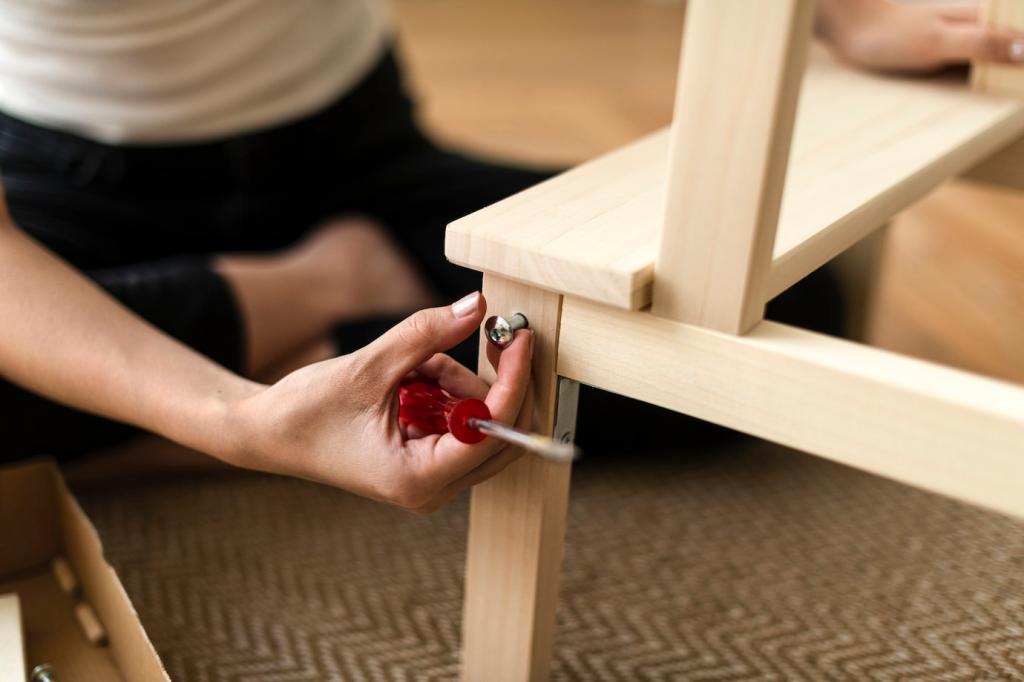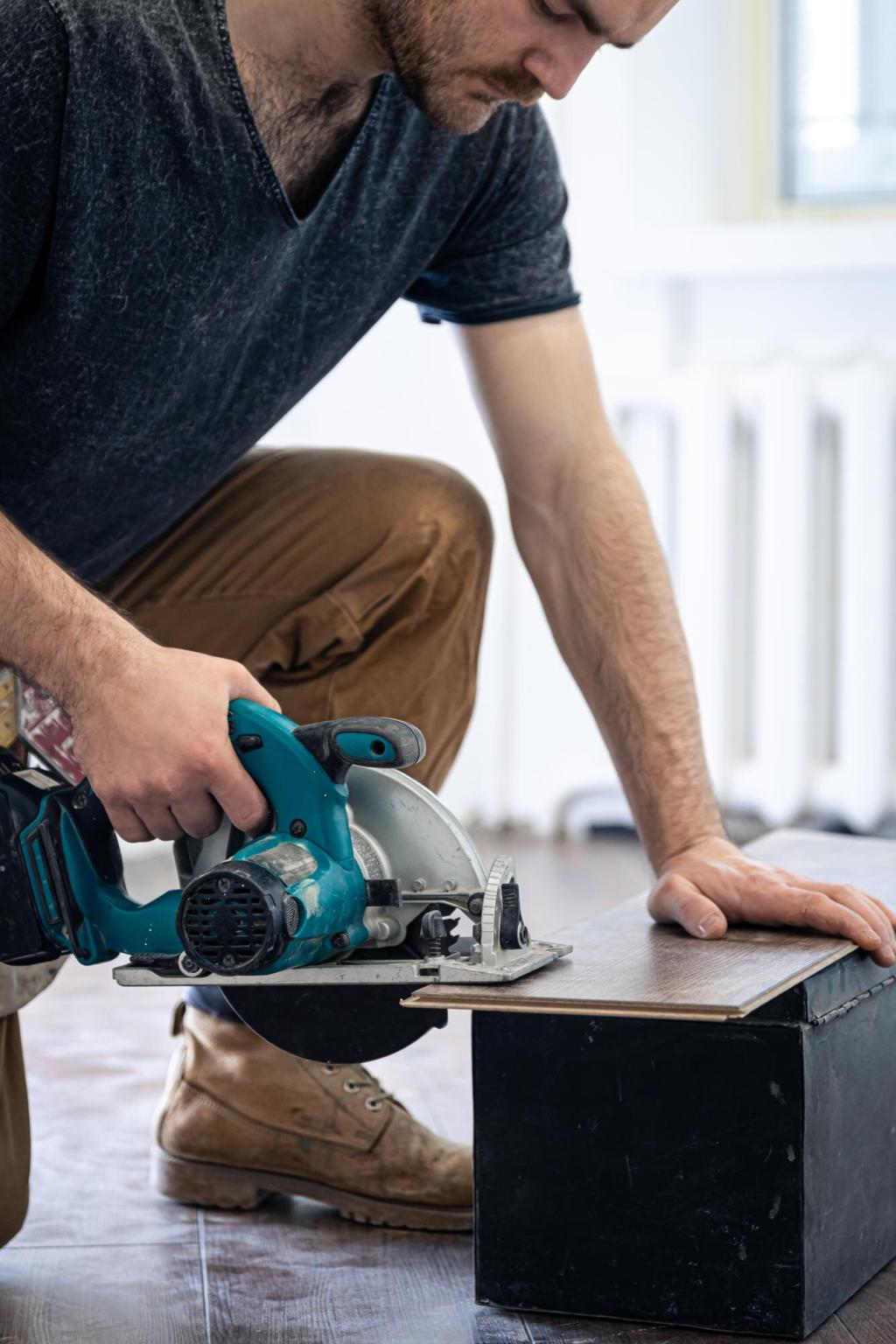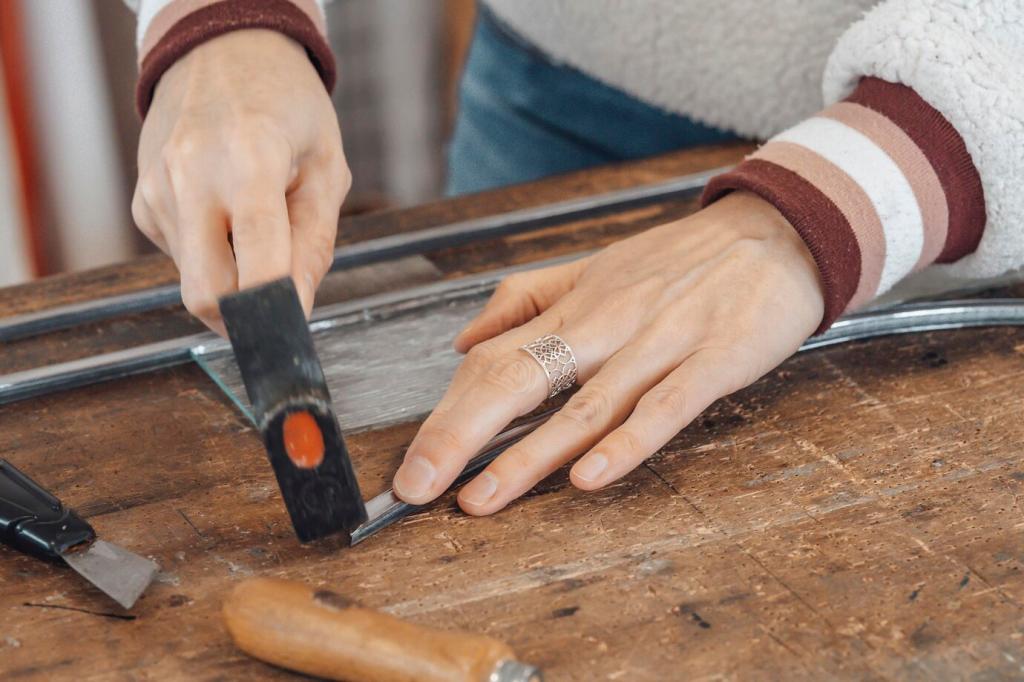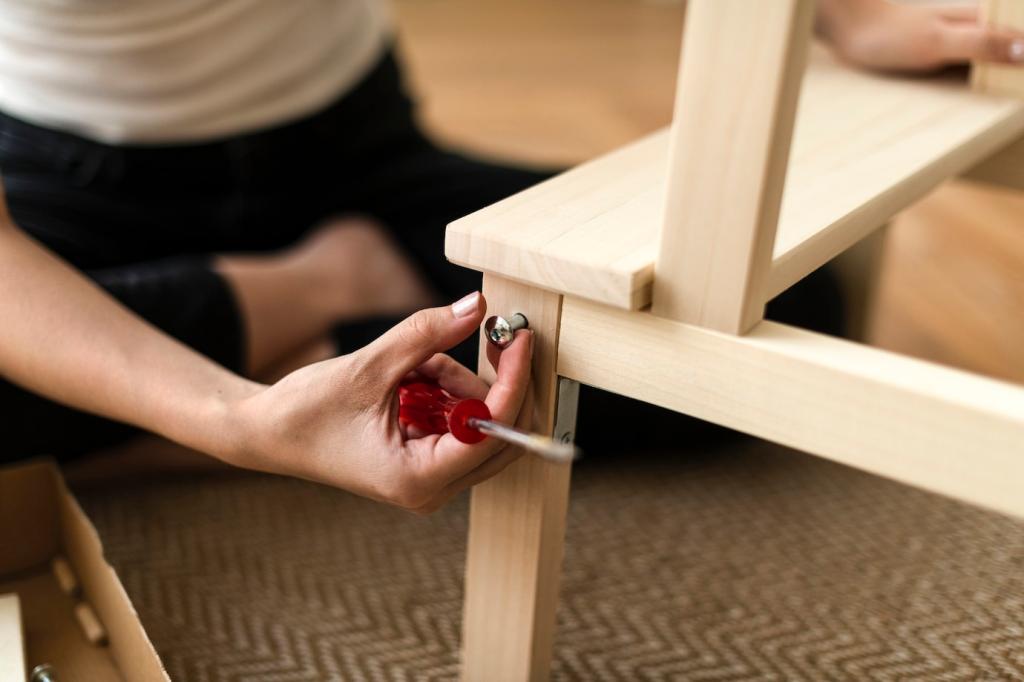Conditioning, Polishing, and Waxing the Right Way
Penetrating oil feeds thirsty, oil-finished pieces; sealed finishes don’t need it. Wax creates a protective sheen but should be thin and infrequent. Unsure which you have? Ask below, and share how your surface looks and feels after cleaning.
Conditioning, Polishing, and Waxing the Right Way
Use a soft pad to spread a whisper-thin layer, let it haze, then buff along the grain with clean cloths. Two light coats beat one heavy one. Post a photo of your glow-up—subtle shine, not slippery glare, is the goal.




